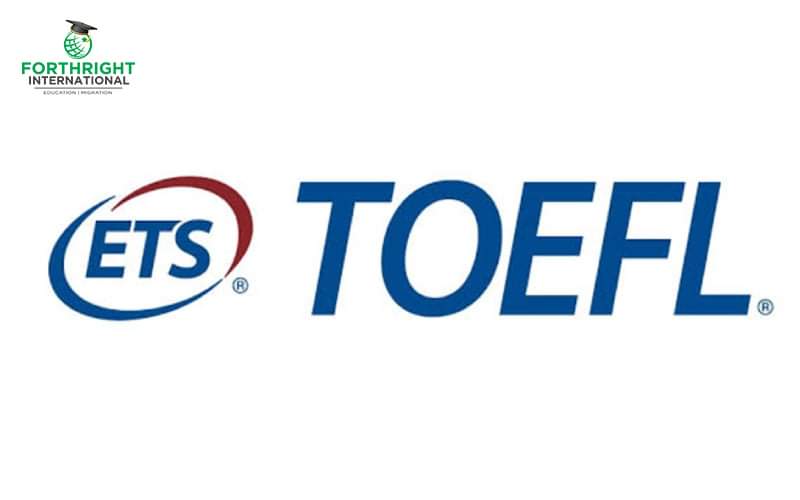



TOEFL stands for Test of English as a Foreign Language. Since its introduction in late 2005, the TOEFL Internet-based Test (iBT) format has progressively replaced the computer-based tests (CBT) and paper-based tests (PBT), although paper-based testing is still used in select areas. The CBT was discountinuedin September 2006 and these scores are never again substantial.
The TOEFL iBT test measures your capacity to utilize and comprehend English at the college level. What’s more, it assesses how well you join your listening, reading, writing and speaking abilities to perform scholarly assignments.
The TOEFL iBT test is scored on a scale of 0 to 120 points. Each of the four sections (Reading, Listening, Speaking, and Writing) gets a scaled score from 0 to 30. The scaled scores from the four segments are included to decide the absolute score.The test cannot be taken more than once a week.
The full length of TOEFL iBT test if four hour long which is followed by following structure.
| Section | Description | Test Time |
| Reading | 3–4 passages, each containing 12–14 questions | 60–80 minutes |
| Listening | 6–9 passages, each containing 5–6 questions | 60–90 minutes |
| Break | – | 10 minutes |
| Speaking | 6 tasks | 20 minutes |
| Writing | 2 tasks | 50 minutes |
Reading
The Reading area comprises of questions on 3-4 passages, each around 700 words long. The passages are on academic themes; they are the sort of material that may be found in an undergrad college course reading. Entries require comprehension of expository capacities, for example, cause-impact, think about differentiation and argumentation.Students answer questions about main ideas, details, inferences, essential information, sentence insertion, vocabulary, rhetorical purpose and overall ideas. New sorts of inquiries in the TOEFL iBT test require rounding out tables or finishing rundowns. Earlier information of the subject under exchange isn’t important to gone to the right answer.
Listening
The Listening section comprises of questions on 6-9 passages, every passage is 3–5 minutes long. These sections incorporate two understudy discussions and four scholastic addresses or dialogs. The discussions include an understudy and either a professor or a campus service provider. Every discussion and address section is heard just once. Test-takers may take notes while they tune in and they may allude to their notes when they answer the inquiries. Every discussion is related with five inquiries and each address with six. The inquiries are intended to quantify the capacity to comprehend fundamental thoughts, significant subtleties, suggestions, connections between thoughts, association of data, speaker reason and speaker mentality.
Speaking
The Speaking area comprises of six tasks: two independent and four incorporated. In the two free assignments, test-takers answer sentiment inquiries on natural subjects. They are assessed on their capacity to talk unexpectedly and pass on their thoughts plainly and rationally. In two of the incorporated undertakings, test-takers read a short entry, tune in to a scholastic course address or a discussion about grounds life and answer an inquiry by joining suitable data from the content and the discussion. In the two staying coordinated undertakings, test-takers tune in to a scholarly course address or a discussion about grounds life and after that react to an inquiry regarding what they heard. In the incorporated errands, test-takers are assessed on their capacity to suitably blend and successfully pass on data from the perusing and listening material. Test-takers may accept notes as they read and tune in and may utilize their notes to help set up their reactions. Test-takers are given a short planning time before they need to start talking. The reactions are carefully recorded, sent to ETS’s Online Scoring Network (OSN), and assessed by three to six raters.